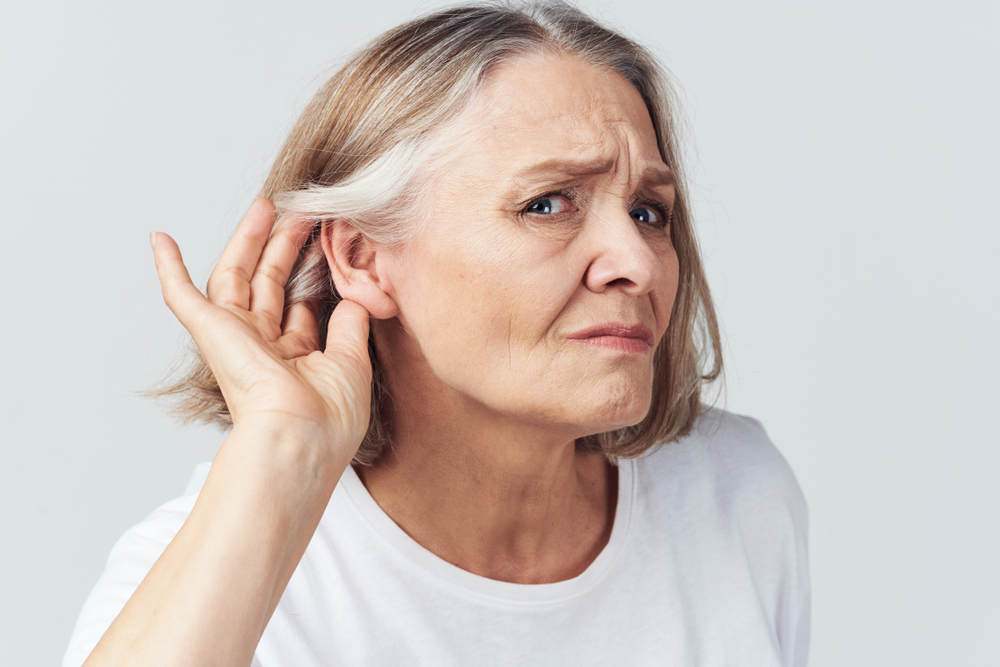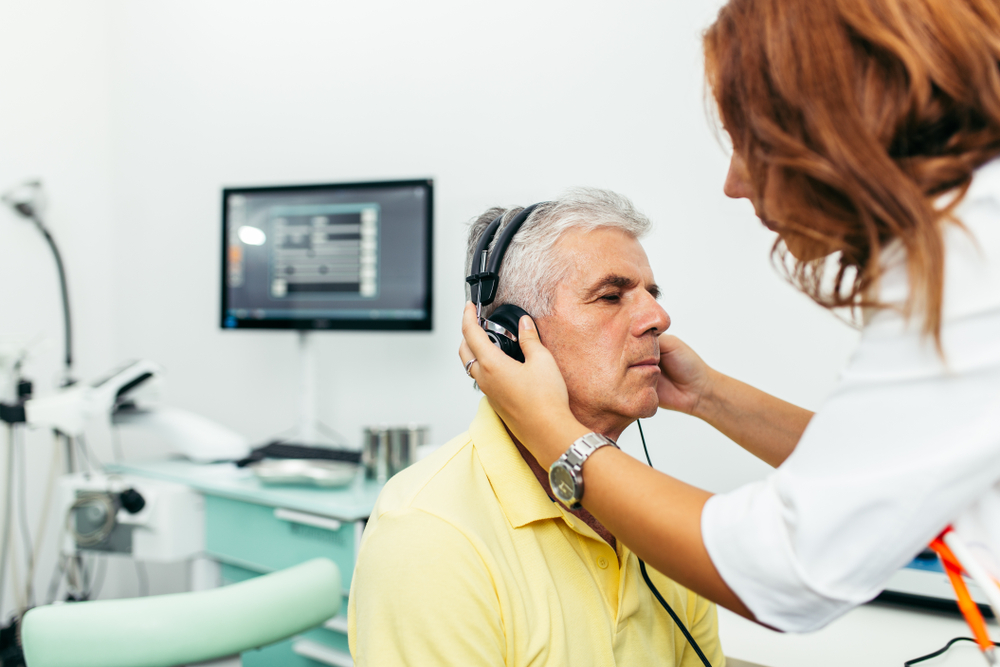Are MRIs overused in medicine? Doctors order more than 40 million MRIs in the United States every year, and most people consider it a pretty routine test. However, the sound in MRI machines can reach decibel levels beyond that recommended by OSHA when it comes to workplace safety.
According to the National Institutes of Health, people should not expose themselves to sounds over 85 decibels, and many MRIs produce sounds in the 65 to 130-decibel range. Even worse, an MRI can take anywhere from 10 minutes to an hour, which means a patient could be exposed to dangerously loud noises long enough to cause damage.
In fact, this may lead to hearing loss, and a study out of China provides evidence that wearing hearing protection during an MRI might not be enough to protect yourself from the damaging noise.
How MRIs Can Affect Hearing
MRIs rely on very fast alternating currents within gradient coils. These currents work in conjunction with a powerful magnetic field. This interaction leads to noises that include things like tapping, knocking, squeaking, and other sounds as the coils vibrate and move against their mountings.
While the sound level depends on the type of machine and the length of time the patient is inside, it can vary between 82 and 100 decibels. In rare cases, the sound level can go up to 130 decibels. At that level, these machines produce a sound equivalent to things like jackhammers and rock concerts. So you can see how this could be damaging.
Your hearing depends on tiny nerve cells called cilia in the inner ear to capture and transmit sound to the brain. When these nerve cells become damaged, they don’t work correctly, and once they die, they do not grow back. This leads to what is called sensorineural hearing loss. Sound at the decibel levels found during MRIs have demonstrated time and again to lead to hearing loss, which is why doctors have long recommended wearing hearing protection during these tests.
Research on MRIs and Hearing Loss
Scientists in China have discovered that people who are otherwise healthy may suffer from hearing loss when exposed to MRIs, even when they wear hearing protection. The 26 people they studied were in a 3T MRI with noise levels that reached between 103.5 and just over 111 decibels. The study participants were wearing ear protection that included earplugs and sponge earmuffs. After studying the participants’ hearing before and after the MRIs, the researchers concluded that the people tested had suffered some temporary hearing loss despite trying to guard against it. Another study showed that while patients experienced hearing loss immediately after an MRI, the hearing came back after 24 hours.
While it represents a single incident rather than a controlled scientific study, the case of Kathy McCain of Texas gives reason for pause when it comes to MRIs and hearing loss. Ms. McCain was wearing earplugs and earmuffs when she had her MRI in 2013. She woke up later in the day feeling unwell and with a very loud ringing in her ears. She later started experiencing hyperacusis, in which everyday sounds become amplified to the point of causing pain.
While some of the sound sensitivity has since subsided, she still suffers chronic tinnitus or a constant ringing in the ears. She and her husband have since insulated their house against sound, and she goes outside for some peace and quiet when it’s time for someone to vacuum. She also reports having to constantly keep earmuffs close at hand to deal with noisy surprises.
How To Protect Yourself When Getting an MRI
If your doctor orders an MRI for you, discuss why the test is so important to your health. MRIs are crucial screening tests that help doctors diagnose patients correctly.
If you have a hearing specialist, talk about the fact that you are about to have an MRI and the steps that you can take to protect yourself. Ask whether it makes sense to bring your own hearing protection, such as earplugs, to supplement the earmuffs they’re likely to have at the MRI center.
Bring along earplugs that reduce the decibel level by at least 25, and follow the instructions to the letter regarding how to insert them properly. Use earmuffs over the earplugs. MRIs are very important diagnostic tools, and you could cause further problems for yourself if you refuse to take one that is necessary for your doctor to make a proper diagnosis.
Page medically reviewed by Kevin St. Clergy, Audiologist, on May 12, 2020.



